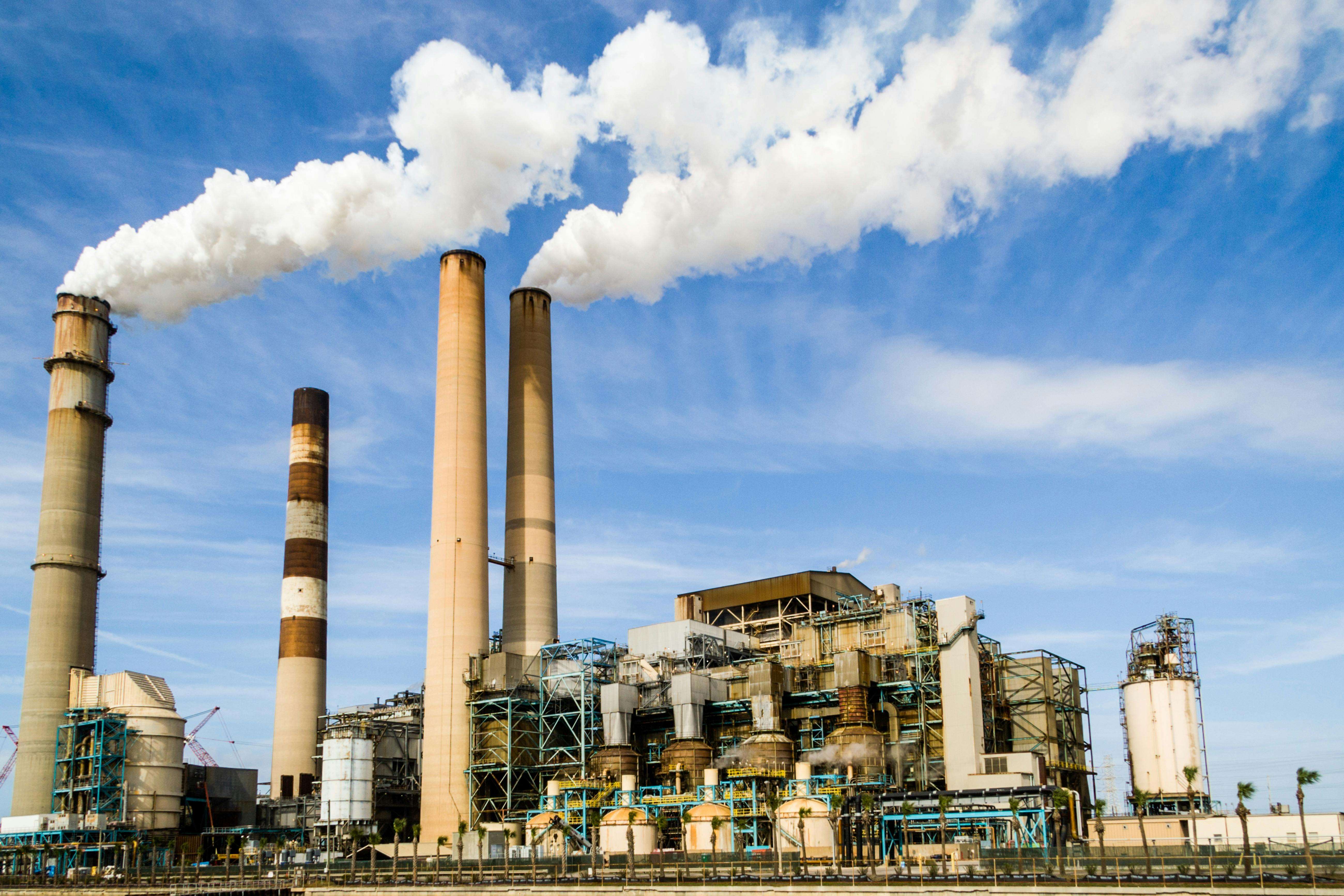From Guest Blogger Brooke Chaplan: Four Regulations that Keep the Air Clean
Air quality regulations are designed to help keep the public safe. Many of these regulations have been in effect for years. Here are a few that are working to reduce the amount of pollution that is released by industry.
The Clean Air Act
The purpose of the Clean Air Act was to regulate the amount of pollutants that were allowed to be released into the environment. With the implementation of this act, the amount of pollution in the air was dramatically reduced. This has been estimated to have saved thousands of lives each year. The Act is enforced by the Environmental Protection Agency (EPA). It was observed that the total amount of air pollution has dropped by seventy percent since the act was passed in 1963.
National Emission Standards for Hazardous Air Pollutants
Each type of hazardous type of chemical is required to be controlled and reported in its own manner. For each chemical that is listed, the total amount that can be released is dictated. Anything above this amount would be subject to scrutiny. This would then have to be reported to the TRI to determine the effect on the health of the public. This works in conjunction with the Clean Air Act to prevent an excessive amount of pollution. Industries that use these types of chemicals can determine how much has been deemed safe to be released into the environment.
Toxic Release Inventory Program
The Toxic Release Inventory (TRI) tracks the release of toxic chemicals into the environment. Their purpose is to protect the public from potentially harmful substances contaminating the environment. Industrial companies are required to report the amount of pollution that they release to this agency. You can view their reports to determine if your area has been effected. In order to protect yourself, consider speaking with an air quality consulting service to see if there is anything you need to be concerned about in your neighborhood.
Pollution Prevention Act
This act is overseen by the TRI. It requires that industry report any additional pollution and waste that is released into the environment above the acceptable standard. The act was first implemented in 1990 by Congress. The purpose of the act was reducing pollution by having industry change the manner in which they did business. It was pushing for these companies to become more environmentally friendly in how they used raw materials.
Air quality is highly regulated due to the health implications associated with it. The EPA is responsible for ensuring that the public continues to be protected. Even with these protections in place, many people still suffer ill effects from poor air quality.

